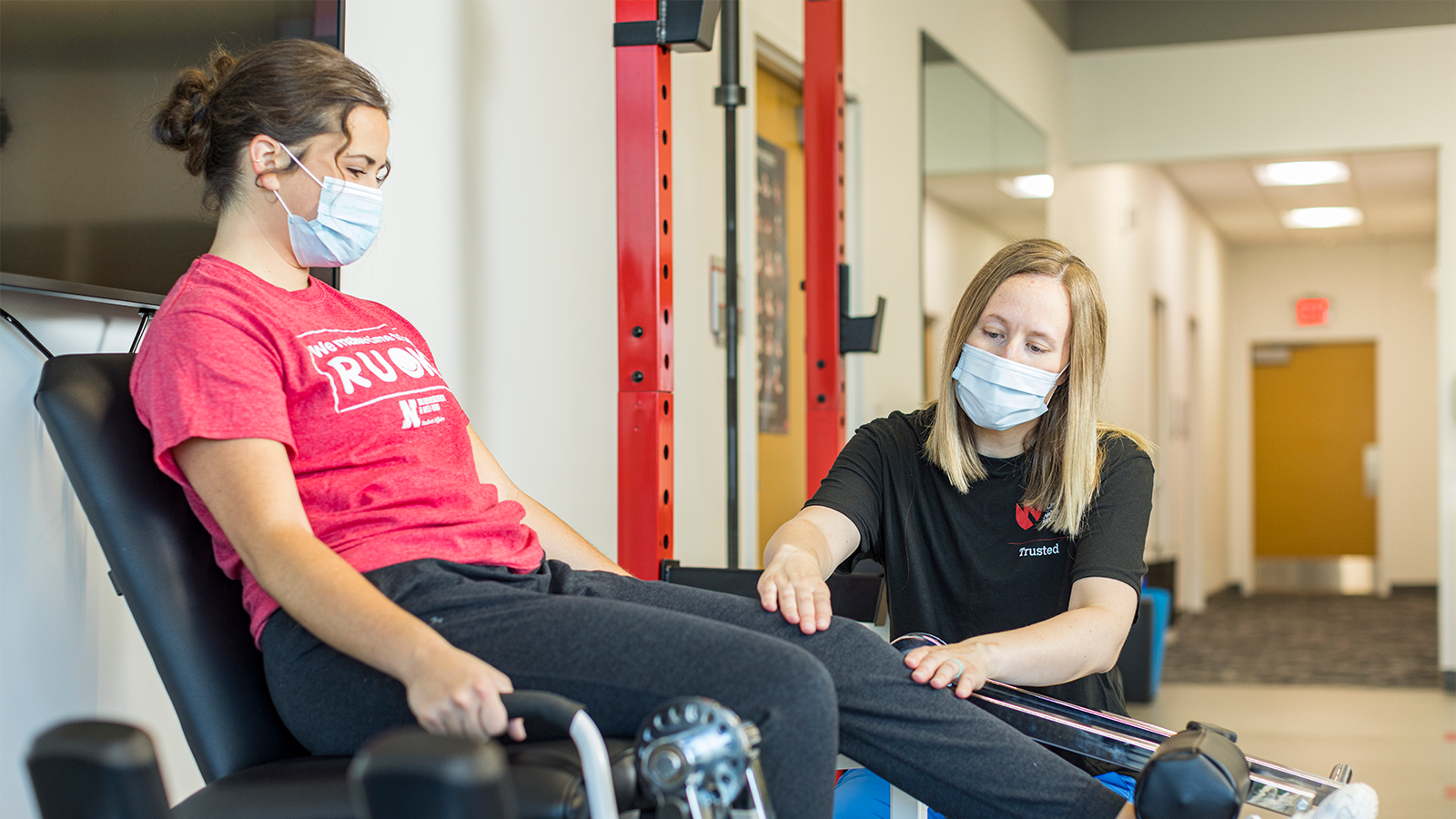Effective Methods for Alleviating Breathlessness in Physiotherapeutic Therapy Sessions
Effective Methods for Alleviating Breathlessness in Physiotherapeutic Therapy Sessions
Blog Article
Dyspnea, or trouble breathing, is a common concern that many individuals face, particularly those with long-term lung conditions, heart problems, or other medical conditions. In physical therapy appointments, addressing breathing difficulties is crucial for helping clients enhance their overall standard of life. By utilizing specific techniques and strategies, physical therapists can assist patients in managing their breathing difficulties. Grasping these efficient methods can enable both therapists and patients to collaborate together more efficiently in overcoming challenges related to dyspnea.
One of the primary techniques used to alleviate breathing difficulties in physical therapy is the practice of controlled breathing exercises. These activities often concentrate on abdominal breathing, which promotes patients to use their breathing muscle rather than their upper chest muscles when inhaling. This approach helps to increase lung volume and effectiveness. Additionally, pursed lip breathing is another technique that can be helpful. This method requires inhaling through the nose and exhaling slowly through pursed lips, which can assist to keep airways clear longer and render breathing feel easier. By incorporating these activities into therapy sessions, physical therapists can provide patients with tools to manage their dyspnea both during and outside of their appointments.
Another important aspect of managing breathing difficulties in physical therapy is the development of an individualized exercise regimen. Customizing exercises to meet the individual needs and capabilities of each patient is crucial. Therapists should slowly integrate aerobic exercises, such as walking or cycling, in a structured manner, allowing patients to develop their endurance over time. This incremental method helps patients to feel more comfortable with physical activity while at the same time improving their lung capability and overall stamina. It is vital for therapists to observe patients carefully during these activities to make sure they are not overworking themselves, which could lead to greater shortness of breath.
Teaching also plays a major role in alleviating dyspnea during physical therapy appointments. Providing patients with knowledge about their condition and the mechanisms behind breathing difficulties can empower them to take control of their health. Therapists can describe how elements like anxiety, posture, and environmental conditions can affect breathing. By comprehending cognitive approaches in physical therapy these ideas, patients can learn to control their symptoms more efficiently. Techniques such as anxiety reduction strategies and proper body mechanics can additionally assist in reducing the effects of dyspnea during daily activities and therapy appointments.
In summary, effectively alleviating dyspnea in physical therapy sessions involves a combination of breathing exercises, personalized exercise regimens, and patient education. By implementing these effective methods, physical therapists can assist patients manage their breathing difficulties and improve their overall well-being. Working together between therapists and patients is crucial to create customized interventions that address specific needs. With the appropriate support and methods, patients can experience comfort from breathing difficulties and participate more fully in their physical therapy process, eventually leading to a better standard of life.